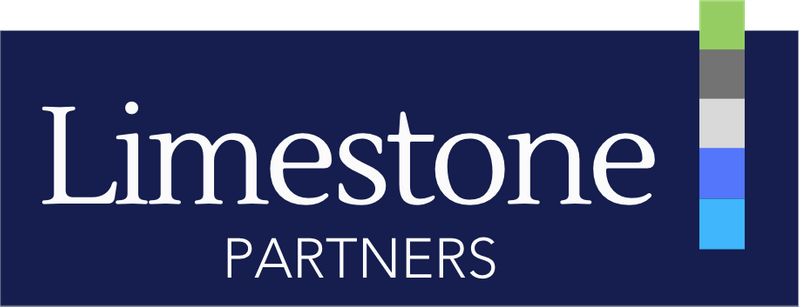Limestone Partners Jib Turner and Andrew Ault, MBA, MSc [C] have recently undertook a study analyzing the effectiveness of opponent tactics of mining projects and mining project communication, in the case of the Nuclear Waste Management Organization. This is the second in a two-part series.
Sault Ste. Marie is currently seeing considerable opposition to the Ferrochrome smelter while many muncipialities still in the running for NWMO are facing significant opposition. Proper media and government relations are critical.
Limestone’s analysis conducts a five-frame content analysis of nuclear waste in Canada, by drawing on three national newspapers (The Globe and Mail, National Post and Toronto Star) and three newspapers of communities seeking development of a DGRs in 2016 (Elliot Lake Standard, Clinton News-Record and Kincardine News.) It then discusses its findings to suggest new directions in improving the dissemination of knowledge on nuclear waste in Canada.
THE STUDY: DETAILS AND FINDINGS
The time was limited to 1/1/2013 to 31/12/2016, to cover a three-year period, of all articles containing either (“nuclear waste”) OR (“nuclear” AND “depository”). Articles were then individually screened for relevancy, for which resulted in 157 articles. Articles excluded included those only briefly mentioning the topic, or events sponsored by the NWMO itself. Descriptive statistics for each of the above is what this study attempts to disseminate. Frames chosen for this analysis were (a) viability to reflect the potential of the project from happening (b) government and its problems, (c) the environment from an anti-nuclear perspective, and (d) the environment from a pro-nuclear perspective.
Table 1 depicts the four frames being depicted within the newspapers, and compared against each other on several variables. In terms of total articles, average word count varies substantially between those concerning the environment or economy and those on other factors, and between portrayals of the environment or economy positively or negatively, overall. In fact, there are over 70 words, on average, more for those on the negative arguments of nuclear waste than those in a positive. Further, page count also differs with environmental issues taking the second-most prominence to Government, with viability taking the least. The NWMO was only portrayed environmentally positive as the dominant frame three times, compared to fourteen as negative. This is highly interesting as positive articles are allotted more prominence, yet reported less and far less with regards to the NWMO. Also, articles are far more likely to be reported positively at the community level than that of the national, given 7 of 23 articles (30.4%) are portrayed positively at the community level, compared to 6 of 61 (~10%) at the national. It is also noteworthy that the OPG depository had a much more environmentally-based press as a sole entity, which may lead readers into affiliating the two projects, when they are separate, and thereby have further negative sentiment toward the NWMO project.
To uncover discrepancies of this data, each was separated by source. The source depicting the phenomena has several consequences on the reporting of different frames. In most cases, newspapers have the same number of frequent authors, as measured in producing 20% of more of the total articles. As observed, the Toronto Star is far more likely to portray nuclear waste negatively than any other publication, with others far less. In fact, the Toronto Star is what accounts for disparities between positive and negative viewpoints on the issue.
One final observation of this figure, are the differences between national and local newspapers on their integration of top issues for the pro- and anti-sides of nuclear waste. National newspapers attempt to paint the picture as environmental risk or in a generic sense positively, compared to regional papers mainly focusing on economic growth and community engagement. There is also no noticeable difference in the type of articles that get published between the newspaper types, as seen in Figure 1 below. Nonetheless, the difference of main themes are consistent with the thesis put forth by Hanninen and Yli-Kauhaluoma as the regional papers focus on economic benefits and national on environmental.
IMPLICATION
In this paper, community newspapers were found to mainly focus on economic issues when discussed positively, and environmental issues when discussed negatively. Given influence of the press on public opinion, it is important to note that environmentally-minded individuals who only subscribe to the community newspaper for information, would be of the conception that it is the environment being against the economy, and side with the anti-groups if environmentally cautious. Ironically, many scientists argue that nuclear is actually a green, renewable and reliable source of energy that offsets coal-fired plants which emit much more radiation. Better communication tactics and media management on behalf of mining companies would be extraordinarily important for maintaining solid community relationships.



